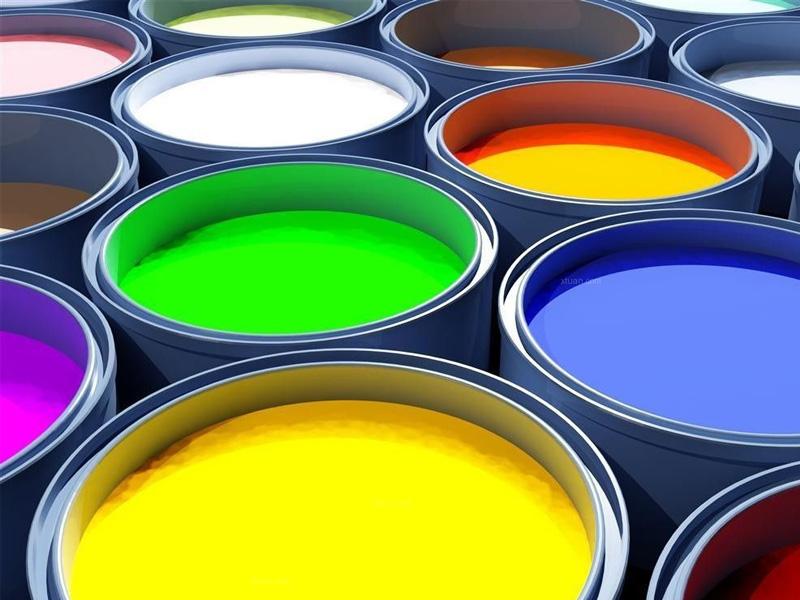Commercial solvent-based coatings contain pigments, polymers and solvent-soluble additives. The coating industry is the largest user of solvents, more than half of which are hydrocarbons. The rest are ketones, alcohols, glycols, ethers, esters, nitro linear alkanes and a small amount of other substances. Solvents are beneficial to film formation. When the solvent evaporates, the polymers bond with each other. If the solvent mixture maintains an appropriate evaporation rate, a smooth and continuous film will form.
Before the polymer is dissolved and poured into the solution, it must go through the swelling stage, where the polymer chains are completely separated and begin to dissolve.
Solutes and solvents can be divided into three categories: non-polar, weakly polar and polar. Monopolymers that have a symmetrical molecular structure and do not contain passive groups are non-polar. Molecules that are asymmetric in molecular structure and contain polar groups are polar. Polar solutes are soluble in polar solvents but insoluble in non-polar solvents. Weakly polar solutes are insoluble in polar solvents but soluble in non-polar solvents.

Polar solvent molecules are associated with each other, and their viscosity is higher than that of non-polar solvents with similar molecular weights. The boiling point, melting point, and latent heat of evaporation are also higher. The cohesive energy is high and the emission selectivity is low.
Solvents used in volatile paints can be divided into three categories:
①True solvent is a solvent that has the ability to dissolve the polymer used in this type of paint.
② Co-solvent can be mixed with its solvent within a certain limit and has a certain solubility, and can also affect other properties of the paint.
③Thinner has no ability to dissolve polymers and cannot help dissolve the polymer, but it is relatively cheap and can be used in combination with true solvents and co-solvents to reduce costs. . However, this classification is relative. The three solvents must be matched appropriately. The entire process requires uniform volatilization rate and appropriate solubility to avoid precipitation of a certain component due to insolubility.
The solvent should have good solubility and mutual solubility for all non-volatile components in the paint, and has a strong ability to reduce viscosity, and should not be allowed to evaporate during the volatilization process. A certain component is causing precipitation.
The volatilization of the solvent should decrease as the paint film dries. It should not be too much or too little. The viscosity of the wet paint film should increase slowly and not suddenly thicken. Avoid surface imperfections. The rheology of wet paint films is an important issue. Poor rheology will lead to surface defects such as crusting, pitting, and pinholes. The volatilization rate and solubility of the solvent and the viscosity of the wet paint film are all factors that affect the rheology. Construction and operation also have an impact on the rheology.
Among the true solvents, ethyl acetate, acetone, and methyl ethyl ketone are fast-volatile solvents; butyl acetate is a medium-volatile solvent; amyl acetate, and cyclohexanol Generally speaking, solvents with slow volatility such as solvents with fast volatility are low-priced. The co-solvent is usually ethanol or butanol. Ethanol is not hydrophilic. If used too much, the paint film will be dull and white. Butanol is relatively slow to evaporate. Suitable for viscosity adjustment later.
Benzene is used as a diluent in nitrocellulose paint, but benzene is highly toxic. Toluene is often used instead.
In addition, the solvent is also required to be light in color, transparent, stable in chemical properties, non-irritating odor, and low in toxicity.

 微信扫一扫打赏
微信扫一扫打赏

